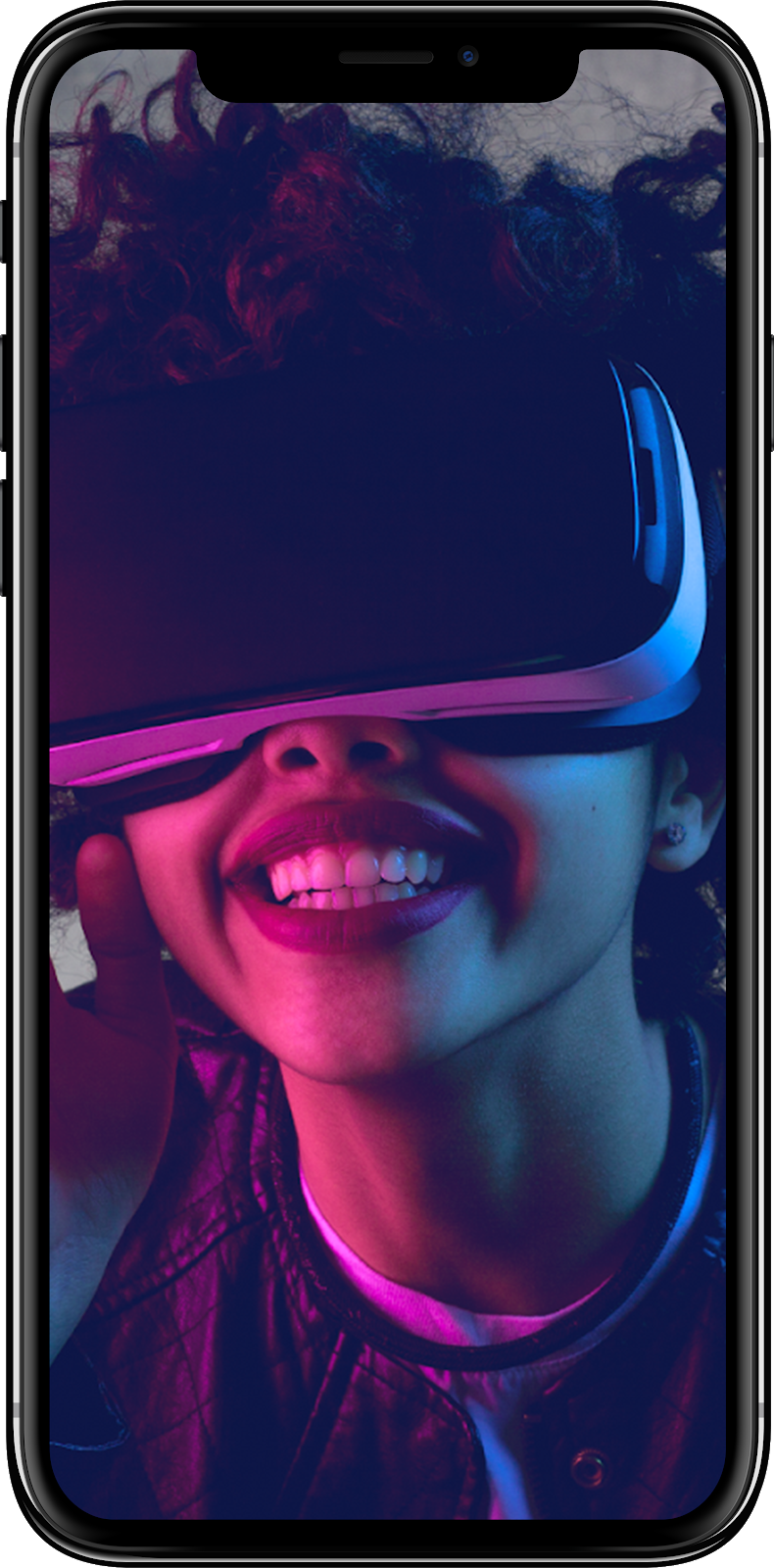Subscribe to our blog
Subscribe to our email newsletter for useful tips and valuable resources, sent out every month
Article
How to play your features right or wise ways to your product improvement
Do you often find yourself in a situation where you can't make a decision on the new feature for your next app update? Have too many features to choose from? Well, this article is just for you.
Sometime ago we had an incoming request from the client who was facing difficulty with the process of deriving the necessary features from the big wish list. In our experience, every second client faces the same issue — the issue of not knowing what criteria to follow.
We regularly get asked for recommendations and tips on this matter, so we decided to share some knowledge and our approach to the product improvement.
In this Part 1 we have put together some pieces of theory which you may find useful.
*The information was taken from other sources.
Sometime ago we had an incoming request from the client who was facing difficulty with the process of deriving the necessary features from the big wish list. In our experience, every second client faces the same issue — the issue of not knowing what criteria to follow.
We regularly get asked for recommendations and tips on this matter, so we decided to share some knowledge and our approach to the product improvement.
In this Part 1 we have put together some pieces of theory which you may find useful.
*The information was taken from other sources.

So, what is product improvement? It is the process of making meaningful product changes that result in new customers or increased benefits realized by existing customers. It can be performed in two ways: add new features or improve existing ones.
IMPROVING EXISTING FEATURES
You can improve an existing feature in three different ways:
Use when: There is a feature that all your customers use and like, and you see opportunity to add significant value to it.
Use when: There is a feature that the majority of your customers don't use often, and you believe they would benefit from using it more.
Use when: There is an important feature that a good chunk of your users have yet to adopt, and you see some obvious integrations or changes that will make it easier for them to get on board.
To Note: Not all improvements will be appreciated by all users, and it's important to understand where the opportunities for real improvements are within your product.
- Deliberate improvements
Use when: There is a feature that all your customers use and like, and you see opportunity to add significant value to it.
- Frequency improvements
Use when: There is a feature that the majority of your customers don't use often, and you believe they would benefit from using it more.
- Adoption improvements
Use when: There is an important feature that a good chunk of your users have yet to adopt, and you see some obvious integrations or changes that will make it easier for them to get on board.
To Note: Not all improvements will be appreciated by all users, and it's important to understand where the opportunities for real improvements are within your product.

ADDING NEW FEATURES
First of all, map out the features that will help you achieve your product objectives. Don't panic if the list gets too big and the ideas keep overflowing, we will tell how to sort them later in this article. At this point you need to brainstorm and pick up those you would like to put into the backlog.
As soon as you have the wish list, check it against the 4 points of a customer development, promise it will be a good read.
Customer development by Steve Blank may be of help for you when creating or enhancing your current project.
And also, before you start mapping out your desired features, we have put some important points down for you. They answer some of the of frequently asked questions and may help you take wise decisions:
As soon as you have the wish list, check it against the 4 points of a customer development, promise it will be a good read.
Customer development by Steve Blank may be of help for you when creating or enhancing your current project.
And also, before you start mapping out your desired features, we have put some important points down for you. They answer some of the of frequently asked questions and may help you take wise decisions:
- New features expand the scope of the product, often making a big marketing splash, getting a version bump, and resulting in some press releases. Often the fanfare attracts new customers and new use cases for the product. Typically, new features are the only improvements that outsiders (i.e. non-customers) will ever hear about.
- New features are risky. You have to be very confident they will be valued, as they're like children; you have to love them and support them no matter what.
- Ask your customers "Would you like a [Calendar|TimeTracker|Gantt Chart]?" and they'll reply yes. It's a one-way "something or nothing" offer. They haven't had to make a trade-off between competing priorities. This leads to customers saying they want stuff that they don't really want.
- Asking your customers "Would you rather that we made the product much faster, or that we added more labelling features?" and you'll get a different answer. Everyone values speed.

In order to keep your app easy-to-use and not overflowing with features, you need first of all to decide on the exact features that you will NOT implement since it's a one way road. Once you add a feature you can't remove it without the risk of getting your customers annoyed.
To add or not to add? This question arises when you start facing issues like: decreasing number of downloads, decreasing number of actual users, app concept isn't well recognised, etc. At this stage you need to take critical decision. But how do you know which idea to pick out of the big pool?
To narrow down your choice, determine the features NOT to be added — classify them into following 3 groups:
Core — Essential features. It will never work without them.
Important — Features that make the app unique and valuable.
Nice to have — Features that would be nice to have.
First, make it only with core and important features, then make sure that the problem is really solved. The nice-to-have features are not critical ones, so they should be rejected straight away. 'Nice-to-have' means that it's okay not to have them at all at this point. If they are too many, it will be hard to determine whether the app solves the problem or not.
In order to understand the primary needs (a new functionality or the existing feature improvement) our team at Omega-R have developed its own approach for evaluation of the current functionality and of the further app enhancements. We will be happy to share it with you in the Part 2 of this Article which will follow up soon.
We're recognized as a top App Design & Development Company on DesignRush
To add or not to add? This question arises when you start facing issues like: decreasing number of downloads, decreasing number of actual users, app concept isn't well recognised, etc. At this stage you need to take critical decision. But how do you know which idea to pick out of the big pool?
To narrow down your choice, determine the features NOT to be added — classify them into following 3 groups:
Core — Essential features. It will never work without them.
Important — Features that make the app unique and valuable.
Nice to have — Features that would be nice to have.
First, make it only with core and important features, then make sure that the problem is really solved. The nice-to-have features are not critical ones, so they should be rejected straight away. 'Nice-to-have' means that it's okay not to have them at all at this point. If they are too many, it will be hard to determine whether the app solves the problem or not.
In order to understand the primary needs (a new functionality or the existing feature improvement) our team at Omega-R have developed its own approach for evaluation of the current functionality and of the further app enhancements. We will be happy to share it with you in the Part 2 of this Article which will follow up soon.
We're recognized as a top App Design & Development Company on DesignRush
Thoughtful leadership in your mobile development!
Do you want to improve the effectiveness of your business?



The most popular articles
IT might interest you

